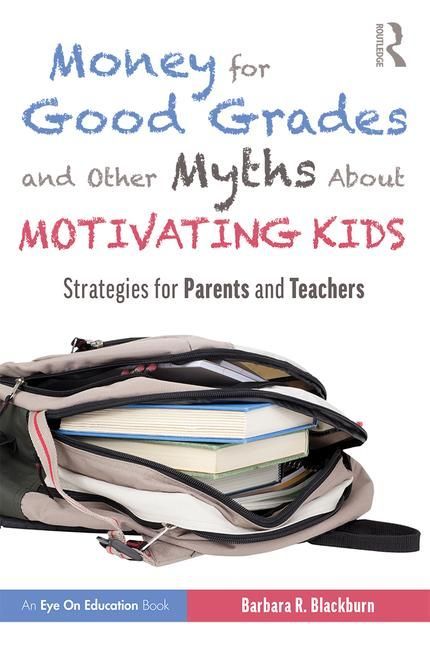Do you teach students who are intrinsically motivated?
Intrinsic motivation comes from within. It’s the sense of working toward something simply because we want to or because we see value in the accomplishment, and it is relatively easy to know when a student is intrinsically motivated.
However, in schools, we focus much of our time and attention on extrinsic rewards such as points and prizes because they are so much easier; and they do motivate many students, particularly for the short term. Intrinsic motivation, however,
seems to be harder for us. After all, how do you motivate someone to be self-motivated?






















